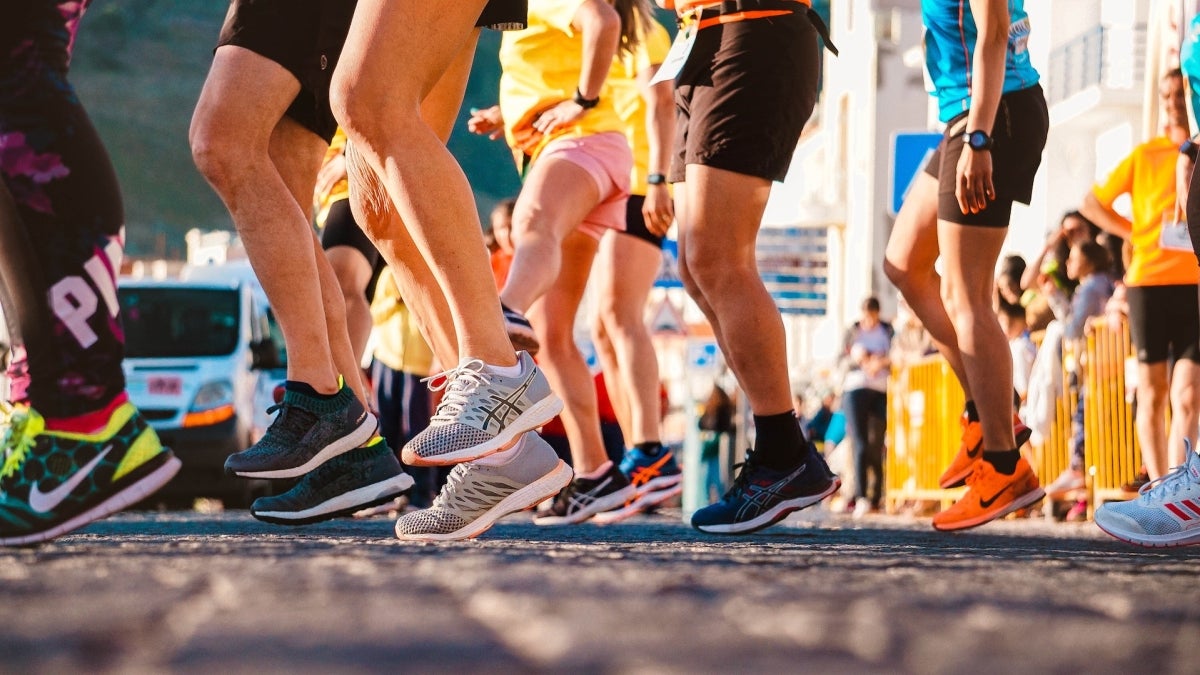According to the Centers for Disease Control and Prevention, six in 10 adults in the U.S. have at least one chronic health condition.
And treating those chronic health conditions can be costly. The CDC estimates the United States spends upwards of $1.5 trillion a year on direct medical costs.
Arizona State University Professor and Global Future Scholar Sonia Vega-López has spent more than a decade researching the health habits of Hispanic people to better determine how diet and exercise affect cardiometabolic health.
According to the Pew Research Center, the U.S. Hispanic population reached more than 62 million in 2020, and the growth trend continues to rise.
Hispanic people in particular can be prone to chronic health conditions such as diabetes and high blood pressure — which is why Vega-López, who is based in the College of Health Solutions, says visiting the doctor regularly is key to living a long, healthy life.
In honor of World Health Day, we sat down with Vega-López to learn more about her research and get some healthy tips for the Hispanic community and beyond.
Sonia Vega Lopez
Question: What do you think is the No. 1 health challenge for Hispanics today?
Answer: The rates of obesity among the Hispanic population continue to rise, and this is particularly concerning when we are thinking about children and adolescents. Obesity is linked to multiple chronic conditions, such as diabetes, heart disease and liver disease, and we are starting to see these chronic conditions developing at a younger age for Hispanics.
What makes things even more challenging for Hispanics and members of other minoritized groups is that they are impacted more by the so-called social determinants of health. These are environmental and social factors, such as socioeconomic stability, neighborhood or access to health care, that often are beyond the control of individual people, but that ultimately affect their health and lead to disparities in health behaviors — e.g., diet, physical activity — and health outcomes.
Q: How can people influence their health outcomes, individually and broadly?
A: Anything individuals do to take care of themselves and their health in a proactive way will eventually help improve these statistics (see recommendations from Vega-López below). Something we do not often think about is getting more civically engaged at a local level. By voting and talking with government representatives, we can help advocate for creating healthier environments and promoting programs and practices that can support the health of everyone.
Q: Do genetics play a role in Hispanic health issues?
A: Hispanics have some predisposition to health issues, but we are finding more and more that the environment and health-related behaviors are as important as our genetic background. One may think that diseases that “run in the family” have to do with genetics, but we have to remember that behaviors are also shared among family members and may contribute to illness in different members of the family. The good news is that, unlike genetics, we can change how we eat, how physically active we are and how we conduct other behaviors that are linked to our health.
Q: What are some healthy practices you might recommend?
A: There are several things people can do, and what works for one person may be different from what works for others. Here are some ideas:
• Lower consumption of sugar-sweetened beverages. Drinks like soda, fancy coffee drinks (the ones made with syrup, whipped cream, chocolate and other toppings), sweetened teas and fruit-flavored drinks provide unnecessary sugar and calories without any other nutrients.
• Add vegetables or fruit to your favorite meals. These can add variety, color and flavor to your meals. Seasonal fruit and vegetables are often more affordable, especially if locally grown.
• Move more. We spend too much time sitting in the car, watching television, in front of the computer. … Take advantage of any opportunities to go for a walk while the weather is nice, even if it is for a short time.
• Find ways to reduce your stress on a regular basis. Even slowing down to take a deep breath helps.
• Visit your health care provider before you need to. We often forget the importance of preventive care, but if we think of it as an investment for our future health and quality of life, it pays off!
Top photo courtesy of Pexels.
More Health and medicine

New initiative aims to make nursing degrees more accessible
Isabella Koklys is graduating in December, so she won’t be one of the students using the Edson College of Nursing and Health Innovation's mobile simulation unit that was launched Wednesday at Arizona…

Reducing waste in medical settings
Health care saves lives, but at what cost? Current health care practices might be creating a large carbon footprint, according to ASU Online student Dr. Michele Domico, who says a healthier…

ASU offers bilingual counseling to Spanish speakers
Arizona is one of the five states in the nation with the highest percentage of Hispanic residents, according to the U.S. Department of Health and Human Services Office of Minority Health, and …



